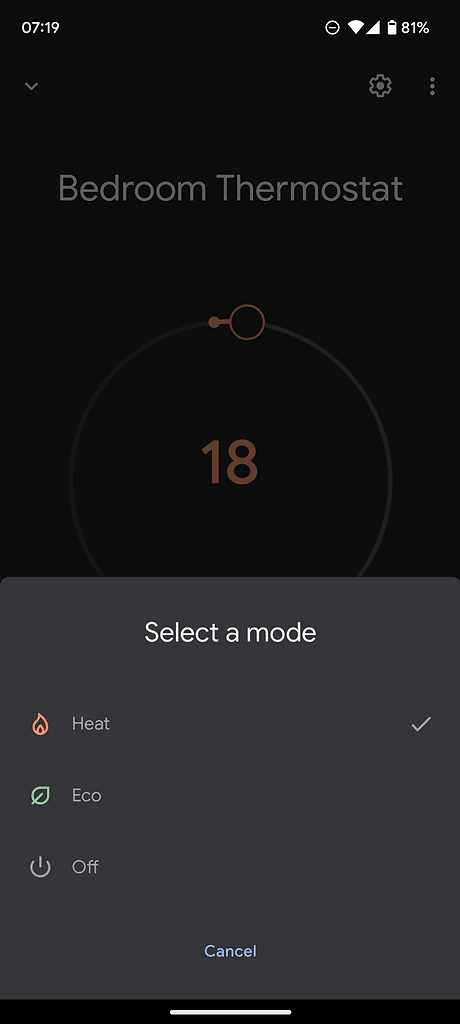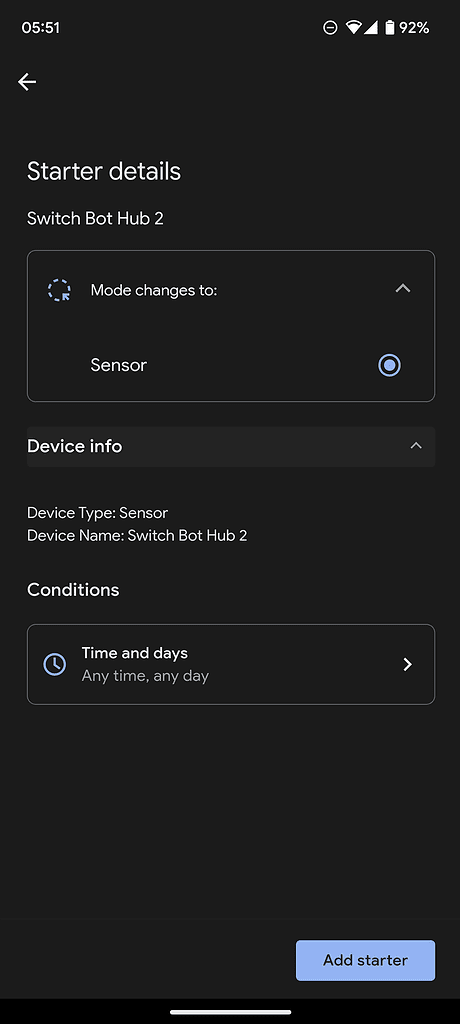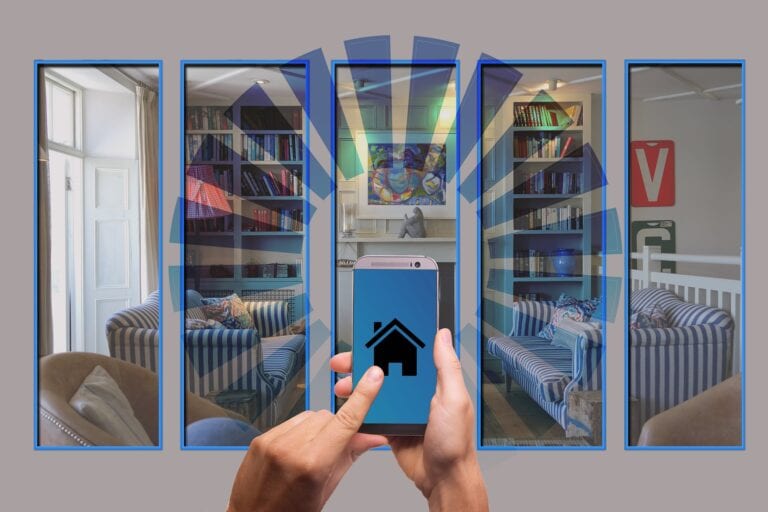Any links to online stores should be assumed to be affiliates. The company or PR agency provides all or most review samples. They have no control over my content, and I provide my honest opinion.
I am in the middle of reviewing the Google Nest WiFi Pro. The main reason why I bought this router was that it could work with Matter and is a Thread border router.
This section of the review ended up being longer than expected due to various issues, and therefore I decided to split it off from my main review.
I don’t have any smart Thread-equipped devices, but I have the Aqara Hub M2 smart hub and the SwitchBot Hub 2, which work with Matter.
What is Matter and Thread?
Matter is an open-source connectivity standard for smart home and Internet of Things devices. The aim is to allow interoperability between brands and different technologies.
Thread is an IPv6-based, low-power mesh networking technology for IoT devices. This protocol is available to use at no cost for manufacturers and aims to replace Zigbee and other systems (like Z-Wave). The main difference between Thread and Zigbee is that Thread is IP-addressable, with cloud access and AES encryption.
For Matter, you can integrate devices into the Google Home app whenever you want, but you need to have a Matter controller within your home so it can control the devices locally.
Google Nest Devices that support Matter and Thread
This is where Google Nest comes into play. Google has integrated Matter with the original Google Home speaker, Google Home Mini, Nest Mini, Nest Audio, Nest Hub (1st and 2nd gen), Nest Hub Max, and the new Nest Wifi Pro.
The Nest Wifi Pro, Nest Hub Max and the Nest Hub (2nd gen) are then the devices that can work as Thread border routers.
How to bind a Matter enabled device with a Matter controller like the Nest WiFi Pro

To bring a Matter enabled device into Google Home, you need to go into the device settings, and there should be a bind to Matter option. When you enable this, it provides you with a QR code that you can scan and a 12 digit code that you can use to manually bind the device.
When the device is in the binding mode, when you go into Google Home it should/may automatically recognise that there is a device to be bound. Alternatively, I think you can go to add a new device, and this will trigger it.
I found it a bit hit or miss binding my hubs. I had no problems with the SwitchBot, but it took multiple attempts with the Aqara hub.
With the hubs bound, you should gain access to any of the devices paired with that hub.
What gets added to Google Home?
For my Switchbot hub, Google Home registered:
- Temperature and humidity readings from the hub itself, but not options for its buttons.
- Temperature and humidity from the paired sensor
For my Aqara Hub M2, it is a little confusing because some of my Aqara accessories are already within Google Home because the Aqara app links to Google Home. So I already had my Smart Radiator Thermostat E1 with Google Home, even though they are not Matter enabled.
After repairing some devices to the Hub M2, I had access to:
- Smart Radiator Thermostat E1 (two are still on the other hub)
- Motion Sensor P1
- Aqara Wall Switch (which shows up as two separate devices)
Google Home is a mess of devices – How to identify if a device is Matter?
With my Matter devices set up and Google Home already showing dozens of other devices, I realised there was a bit of a problem.
Not all devices work equally, and it can depend on how you connect them.
My Aqara thermostats are the best example of this. I have three, two are bound to the Aqara G2h Pro, and one is bound with Matter via the Aqara Hub M2.


I can see all three of them within Google Home, and they all show the temperature and give me the option to adjust it. For the two bound to the Aqara G2h, I have options for heating, eco and off. The Matter bound one only has options for heating and off.
When I go to set up a routine, there is only one thermostat I can select, the one that’s bound with Matter.
Then to make things more confusing, there are plenty of non-matter devices that can be used for routines. It looks like all my Philips Hue and TP-Link Kasa devices can be used as starters for a routine.
You can identify what is linked via an app/API and what is linked via Matter by going into the device settings. For app-linked devices, it will state the app is linked to. For Matter, it should say “Linked Matter apps & services.”
I’m wasn’t overly fond of managing my smart home via an app in the first place, but this confusing mess of apps makes it worse. It requires lots of scrolling around and general trial and error to work out what works with what.
Setting up routines



This brings me to the next problem. Setting up routines is easy enough, but the functionality within Google Home is quite limited, and you have to deal with the mess of what works and what doesn’t.
It uses a basic if this, then that logic, but it is very simplistic.
Your starter action can be triggered by a device, and that device can be limited to some time/day conditions. There are no and/or options.
The triggers are limited as well. It works fine for my switches, but if I select my radiator valve, I only have the option to select off/heat. I can say trigger this action if the temperature is over 18°, for example.
For the SwitchBot Hub, I don’t really have any options that make sense. I just have the option to select mode changes to the sensor.
However, if you can find the starter and action events you want, it all works perfectly well.
The Homey Bridge is a much more user-friendly experience when it comes to setting up routines.
Initial impression of Matter & the Nest WiFi Pro as a Matter controller
If I am honest, I am a bit underwhelmed, but it is early days. The two Matter enabled hubs I have only have a limited number of devices paired with them, and therefore I don’t gain much functionality within Google Home.
Google Home also has many of my smart home devices automatically integrated into it, and they support dozens, if not hundreds, of brands. So it is a little difficult to understand where the normal smart home functionality and the Matter enabled devices start and end.
In general, I am not fond of managing my smart home with the Google Home app. I have too many devices to be scrolling around on such a small interface. Google Home then doesn’t have the advanced control features I would like. It is then frustrating to work out what devices will and will not work properly with it, especially for the routines.
In general, it is better to stick to the dedicated smart home app for your routines, but this defeats the purpose of Matters. It is supposed to prevent you from being constrained to a specific company app for your devices.
I assume most of the problems I have experienced are due to the manufacturers not allowing Google Home to control the devices properly, so this is not really a Google Home problem.
That being said, it is early days for Matter. It will take time for companies to improve the functionality and for more devices to become Matter compatible. It is likely that most of the devices I have within Google Home will eventually be Matter enabled, and this is when I will be able to have a much more usable experience.
The Nest WiFi Pro works perfectly well as a Matter controller, and my issues with Google Home are more just personal preference rather than it being bad.
Originally posted on mightygadget.co.uk – Follow on Twitter – Instagram – Facebook – Mighty Gadget Latest Reviews
I am James, a UK-based tech enthusiast and the Editor and Owner of Mighty Gadget, which I’ve proudly run since 2007. Passionate about all things technology, my expertise spans from computers and networking to mobile, wearables, and smart home devices.
As a fitness fanatic who loves running and cycling, I also have a keen interest in fitness-related technology, and I take every opportunity to cover this niche on my blog. My diverse interests allow me to bring a unique perspective to tech blogging, merging lifestyle, fitness, and the latest tech trends.
In my academic pursuits, I earned a BSc in Information Systems Design from UCLAN, before advancing my learning with a Master’s Degree in Computing. This advanced study also included Cisco CCNA accreditation, further demonstrating my commitment to understanding and staying ahead of the technology curve.
I’m proud to share that Vuelio has consistently ranked Mighty Gadget as one of the top technology blogs in the UK. With my dedication to technology and drive to share my insights, I aim to continue providing my readers with engaging and informative content.







